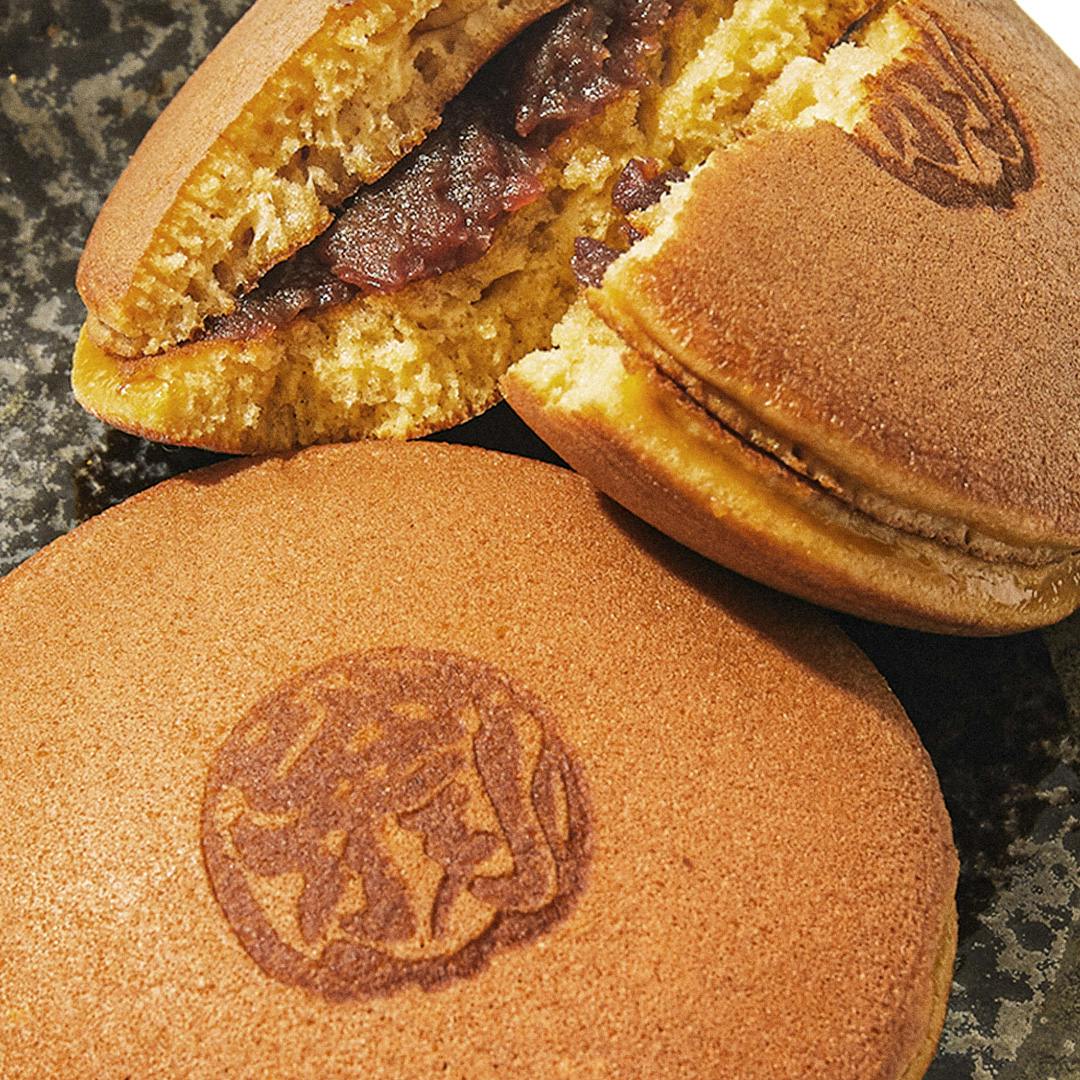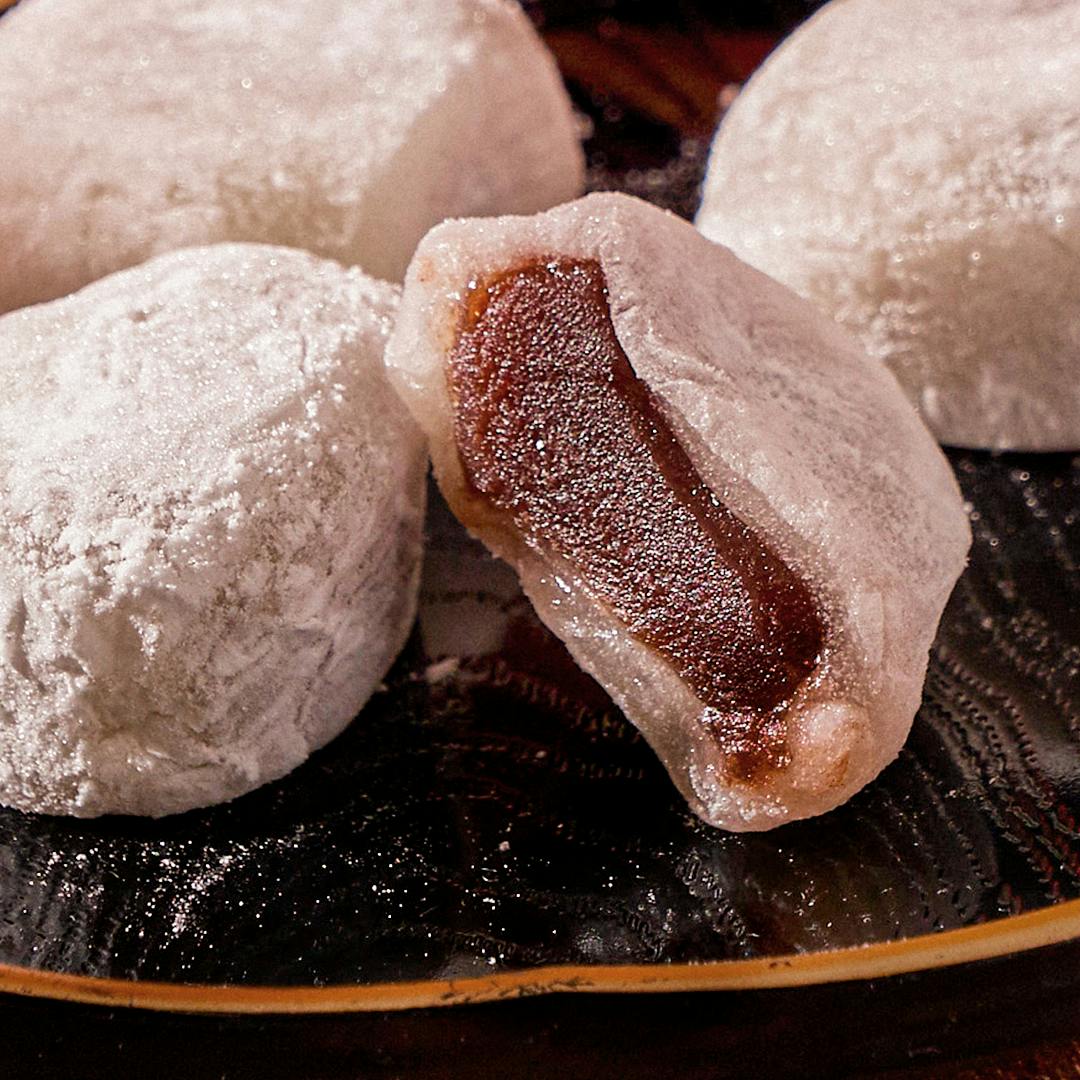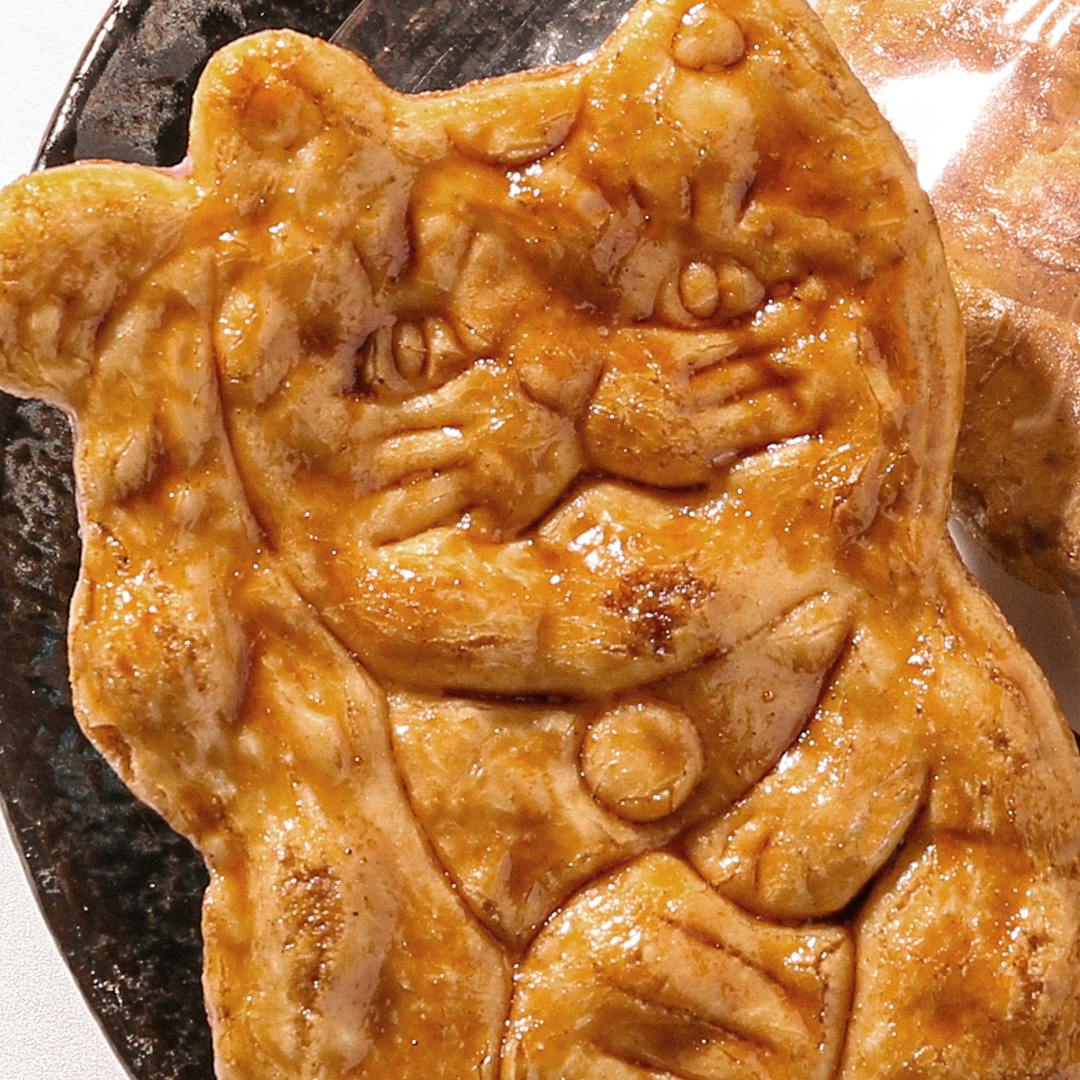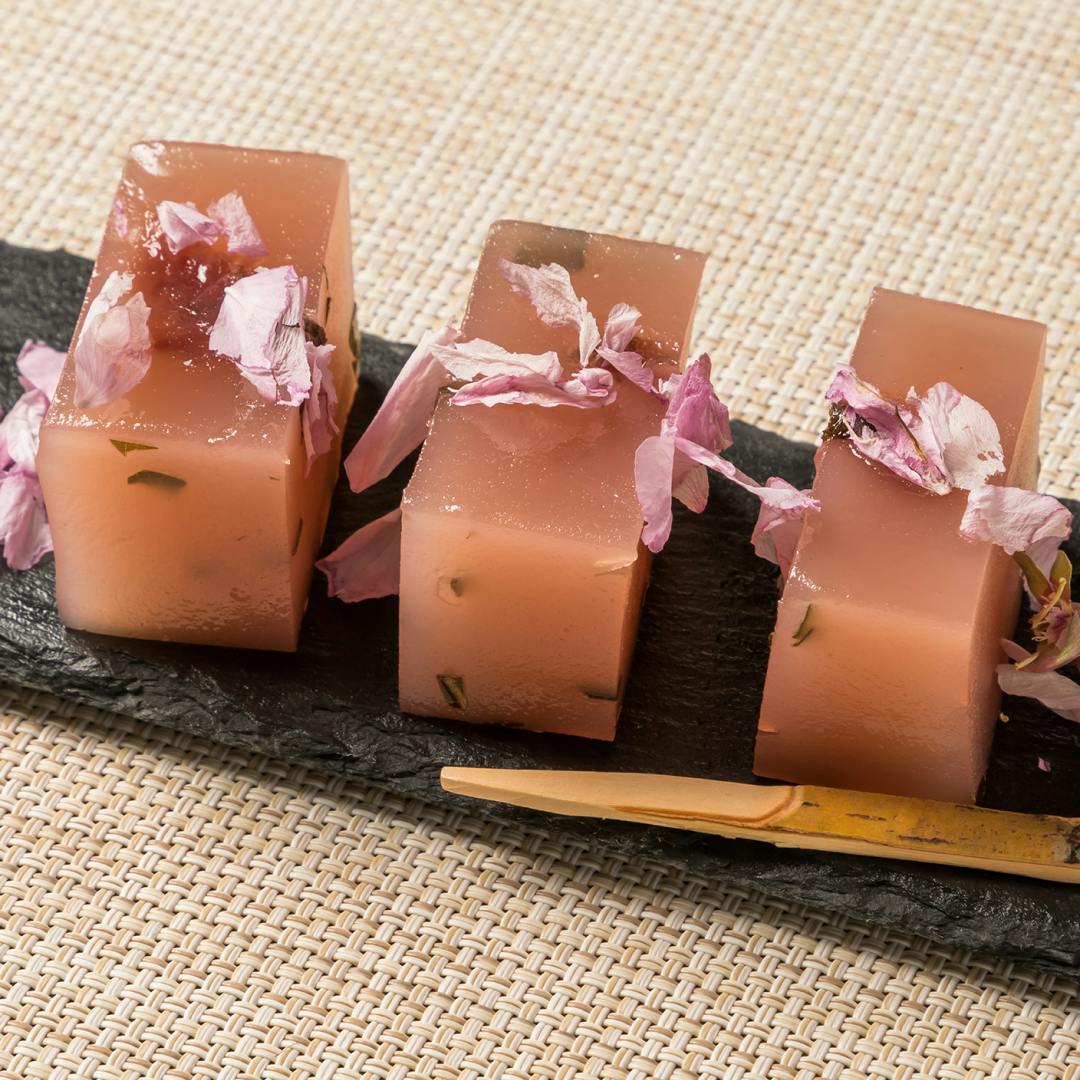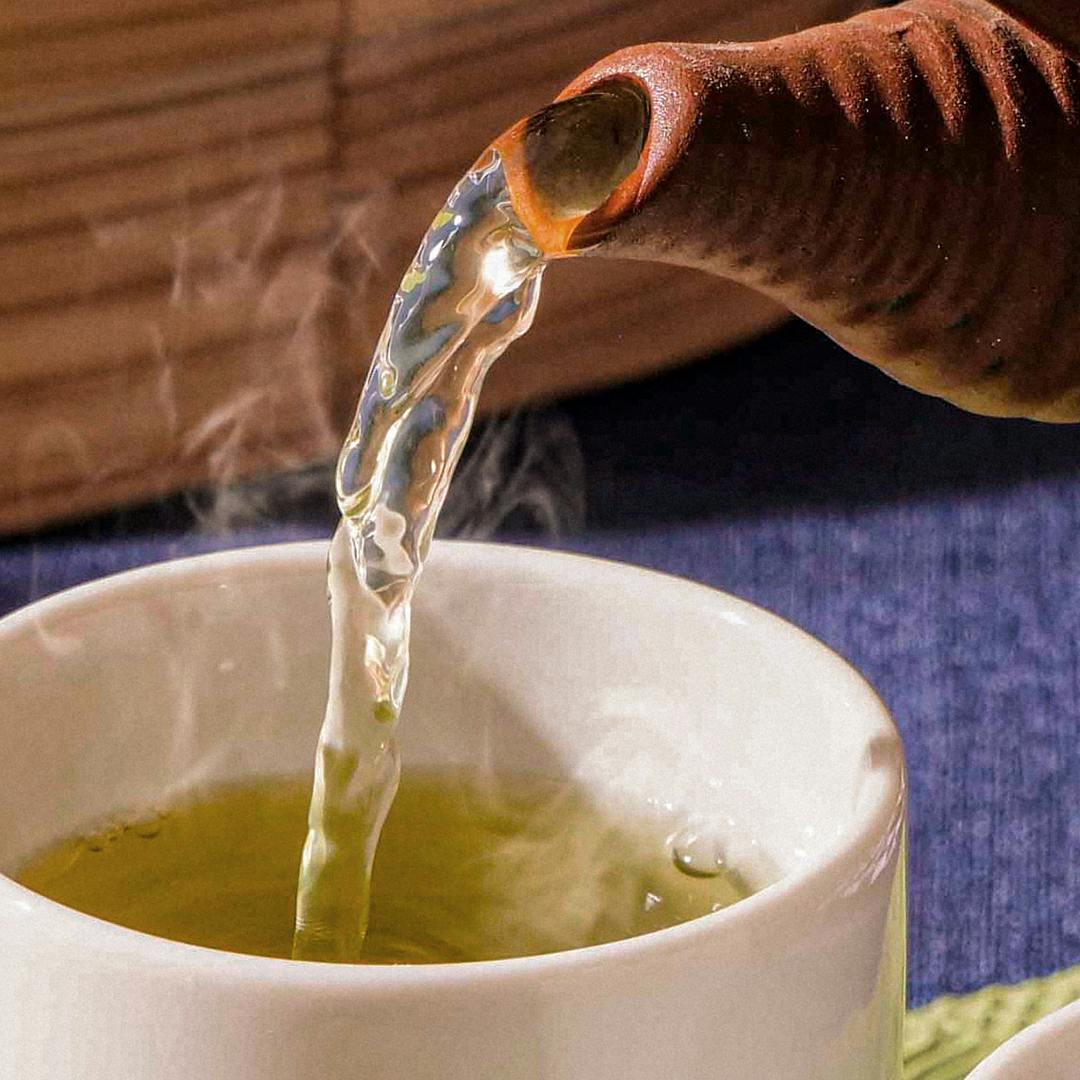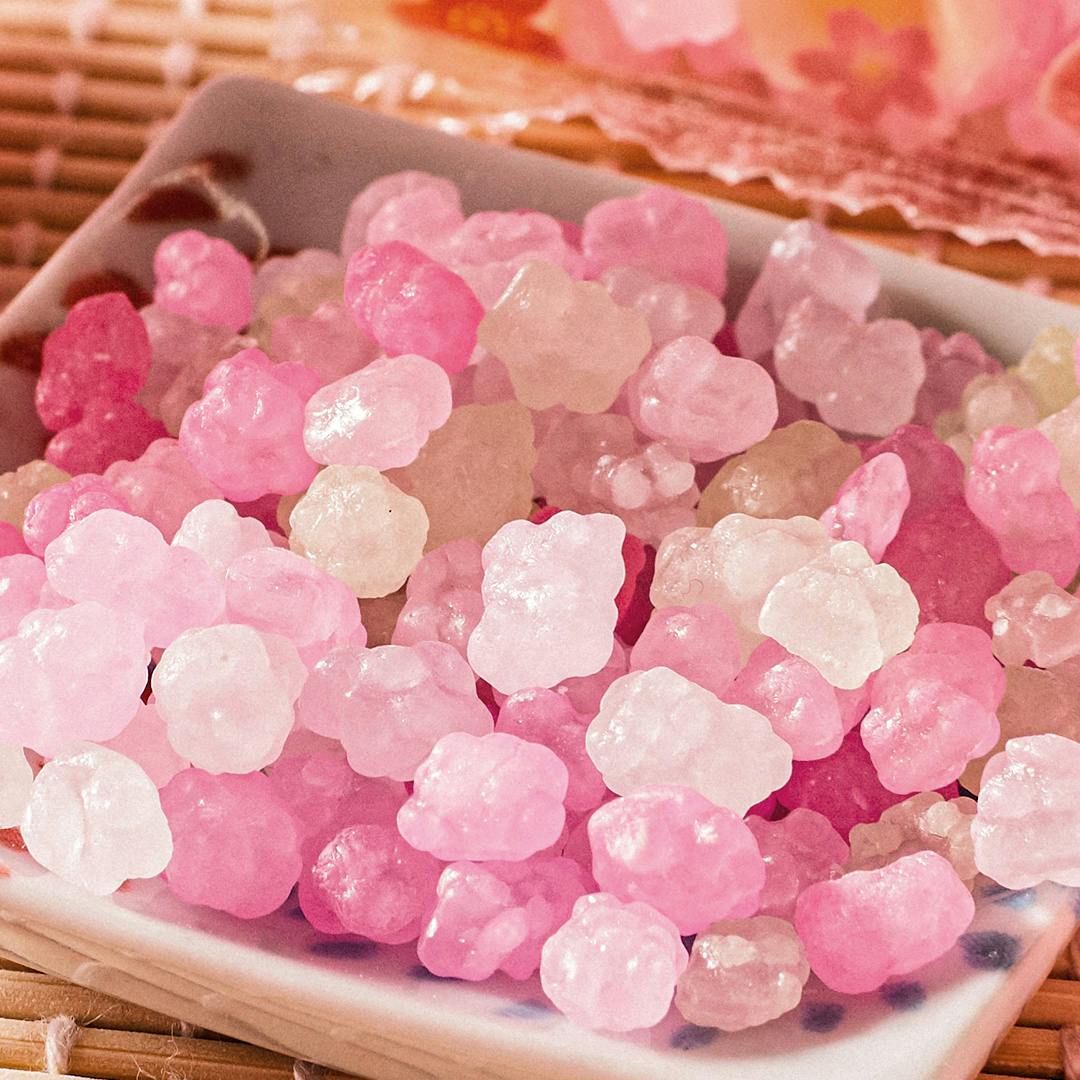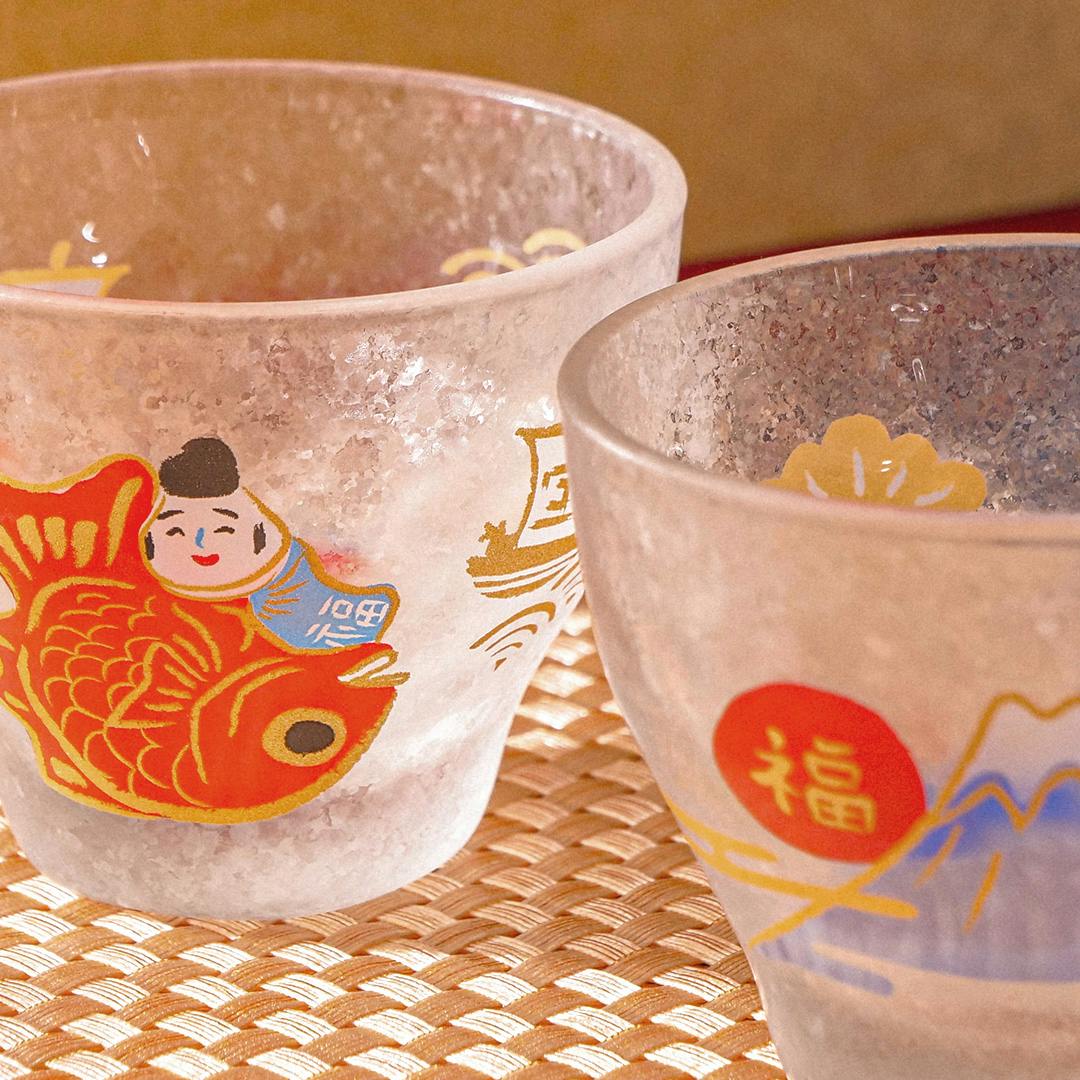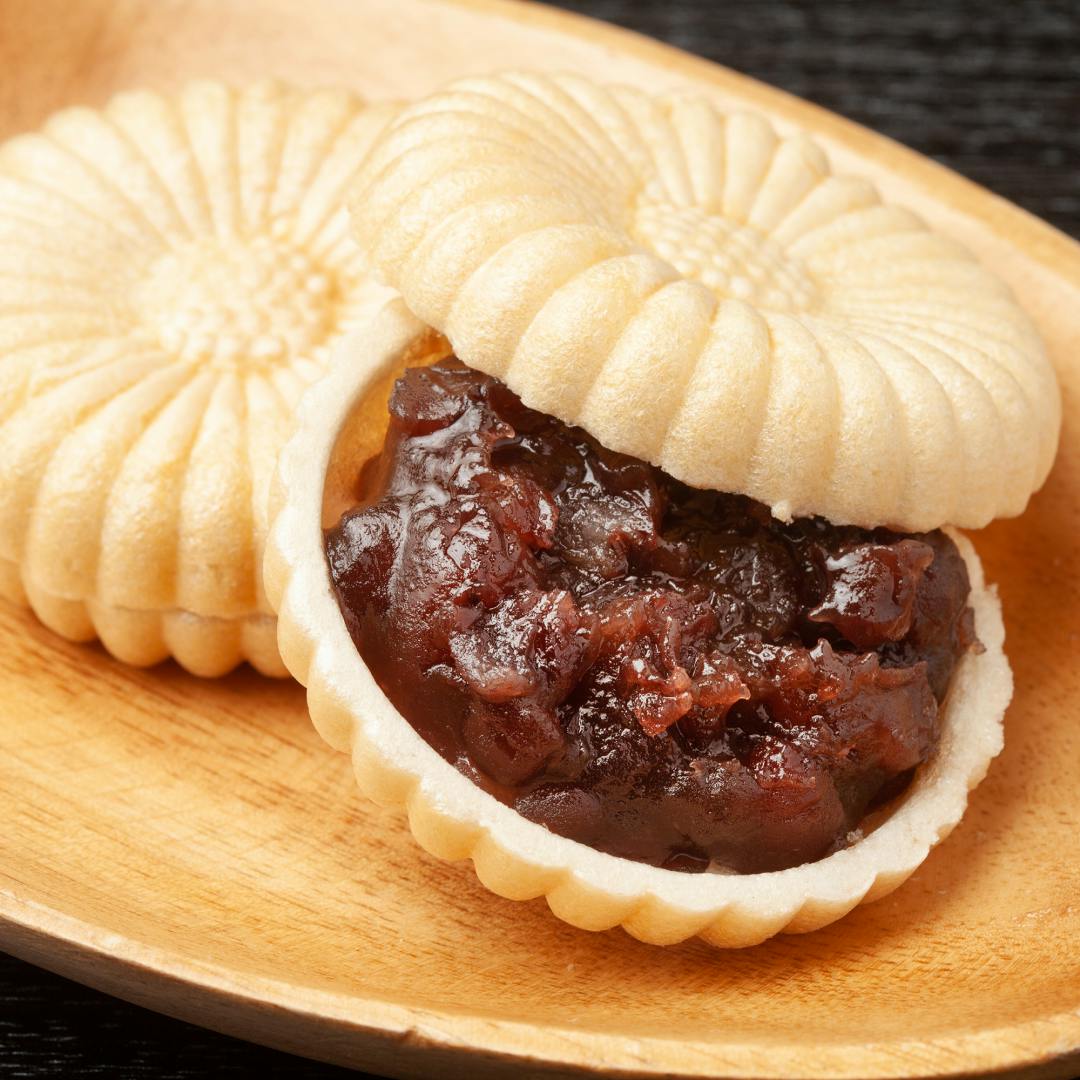Our Snacks
/Japanese Cake
 Mochi
Mochi 
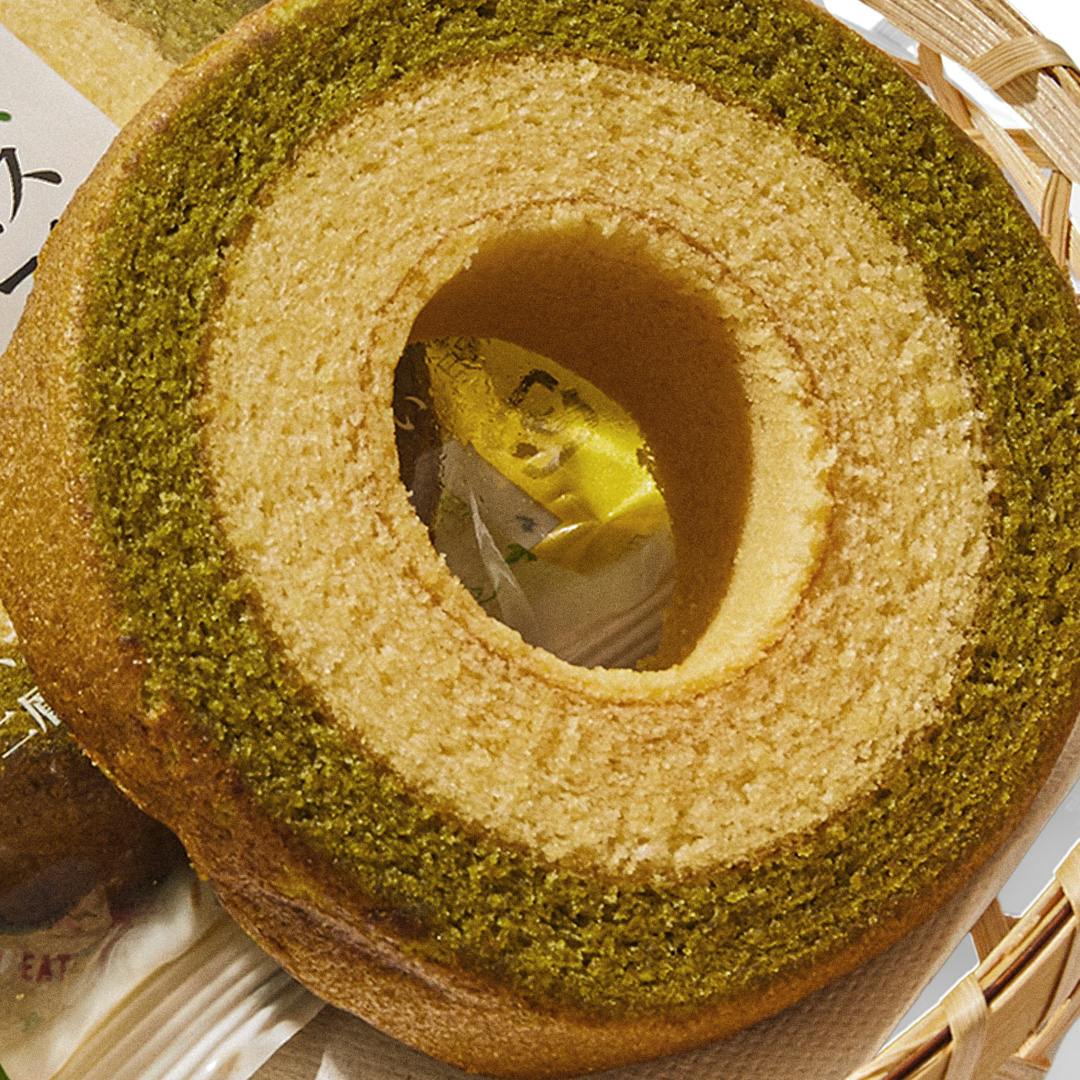
INSIDE YOUR SAKURACO BOX
Japanese Cakes
From fluffy Japanese cheesecake to elegant matcha infused cakes, Japanese cakes are beloved worldwide. Typically Japanese cakes are less sweet than Western cakes and often take inspiration from wagashi, traditional Japanese sweets. Both western and Japanese cakes, such as castella from Nagasaki, adopt well-balanced flavors, perfectly matching Japanese tastes.

TRIVIA
When do people eat Christmas cake in Japan?
Japanese Cakes coming to Sakuraco
Japanese Waffle
Japanese waffles, also known as imagawayaki, are a popular traditional Japanese sweet. They are made from a batter that is similar to that of a traditional pancake, but with added ingredients such as sweet bean paste or custard. The batter is poured into a special waffle mold and cooked until golden brown.
Japanese waffles are commonly enjoyed as a snack or dessert, and often sold at festivals or street vendors. They are known for their crispy exterior and warm, sweet filling.
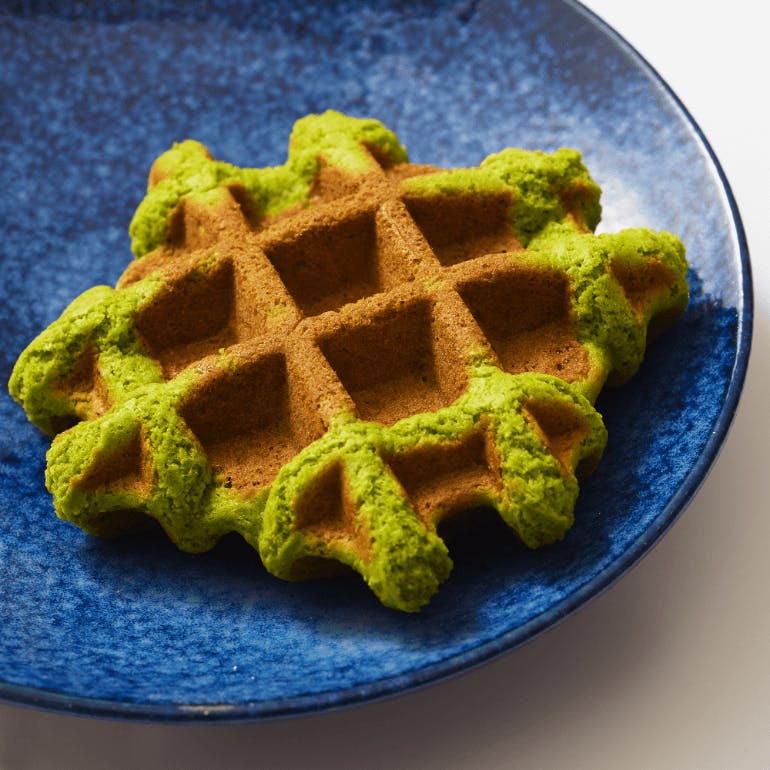
Baumkuchen
Baumkuchen is a traditional German cake that is also popular in Japan. It is made by layering batter and cooking it on a spit, creating a tree-like ring with a crispy exterior and a soft, moist interior. The cake is then often coated in a thin layer of chocolate or a sweet glaze.
Baumkuchen is said to have originated in medieval Europe and later brought to Japan by German immigrants. It is often enjoyed as a dessert or a special treat.
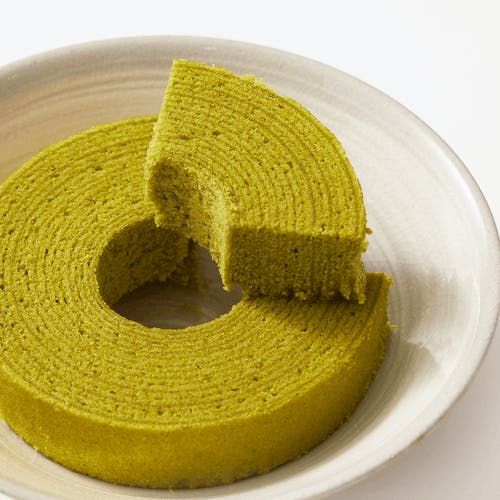
Roll Cake
Japanese roll cake, also known as jyoran in Japanese, is a popular traditional Japanese sweet. It is made from a light sponge cake that is rolled up with a variety of fillings such as cream, fruits, or sweet bean paste. The cake is then often decorated with a dusting of powdered sugar or a sweet glaze.
Japanese roll cake is often enjoyed as a dessert or a special treat, and it’s especially popular during the holidays or special occasions.
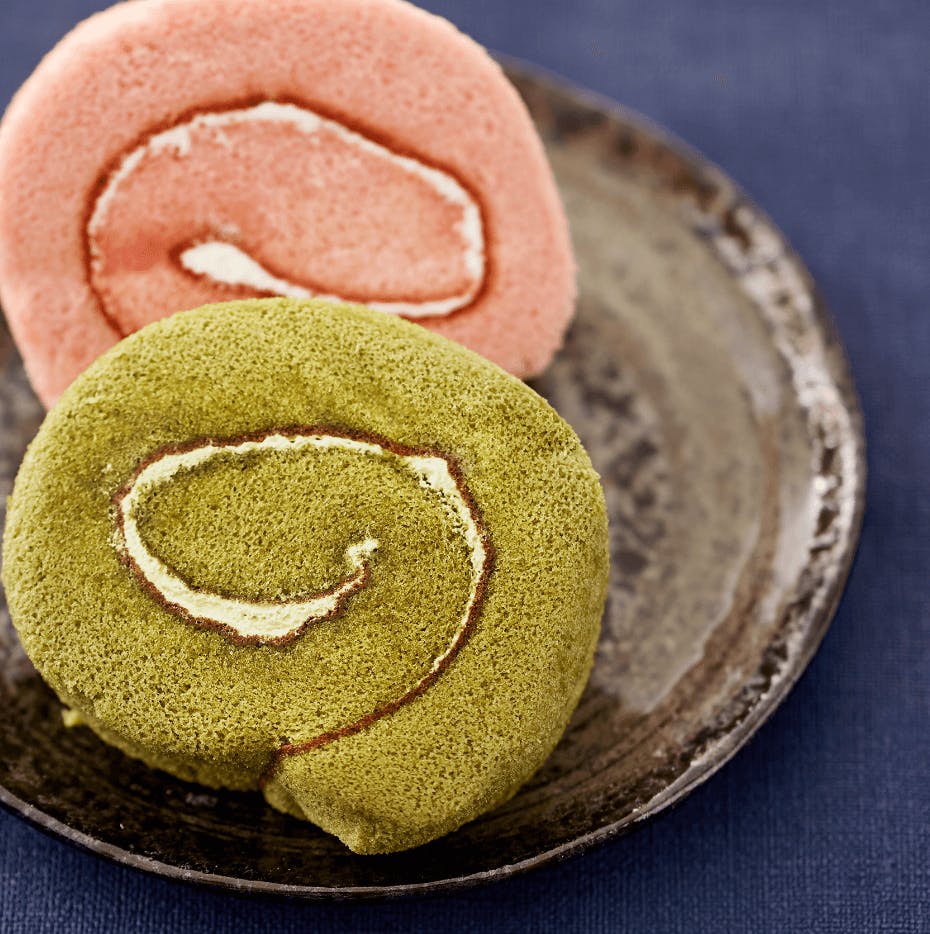
Castella
Japanese castella, or kasutera in Japanese, is a traditional Japanese sponge cake that was originally brought over by Portuguese traders in the 16th century. It is made from a simple mixture of sugar, flour, eggs, and honey. The cake is known for its delicate texture and subtle sweetness.
Japanese castella is often enjoyed as a snack or dessert and it’s particularly popular during the summertime. It’s also a common gift during the summer season.
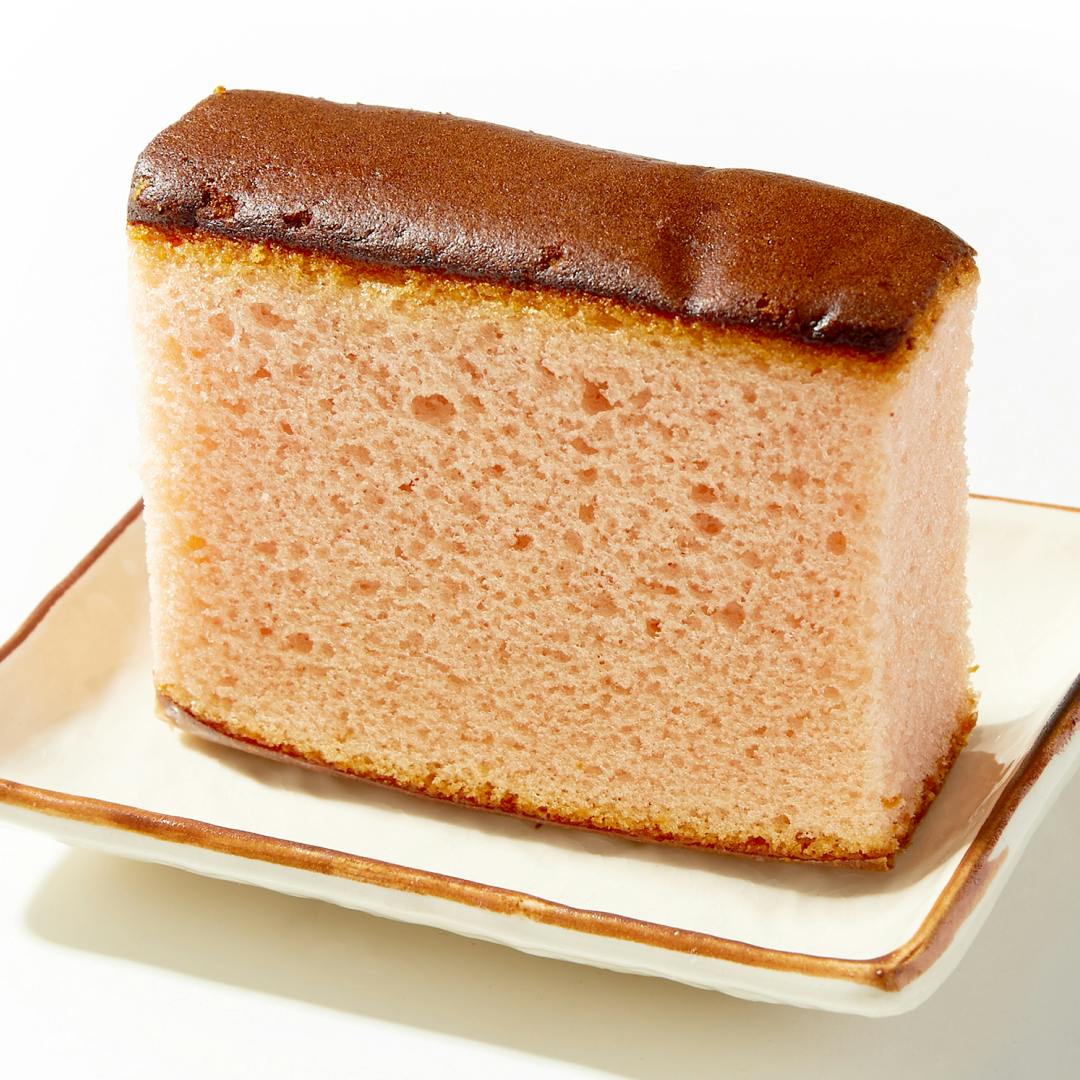
Manju
Manju is a traditional Japanese confection that was introduced to Japan in the Muromachi Period (1336-1573) from China. Crafted from flour, rice powder, and sweet bean paste, it’s steamed or baked into a soft, cake-like exterior. Over the centuries, manju has evolved and adapted to modern tastes, many confectioneries craft diverse flavors and shapes featuring local or seasonal ingredients.
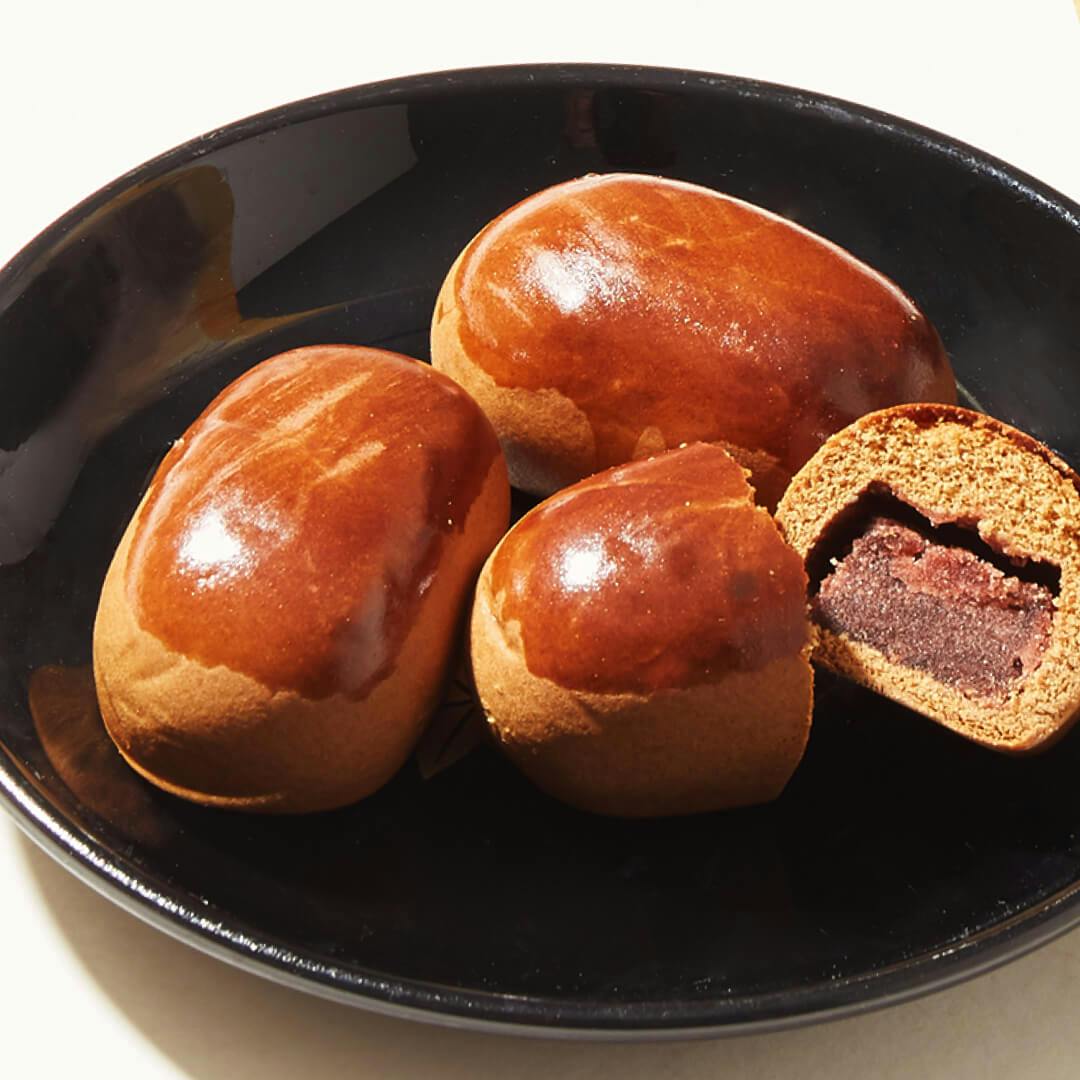
Let Them Eat Cake
Find out which Japanese cake you’ll get
THIS MONTH’S THEME
Explore Other Categories




